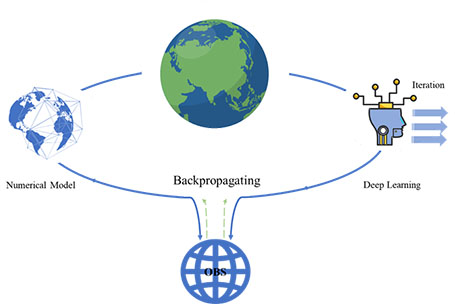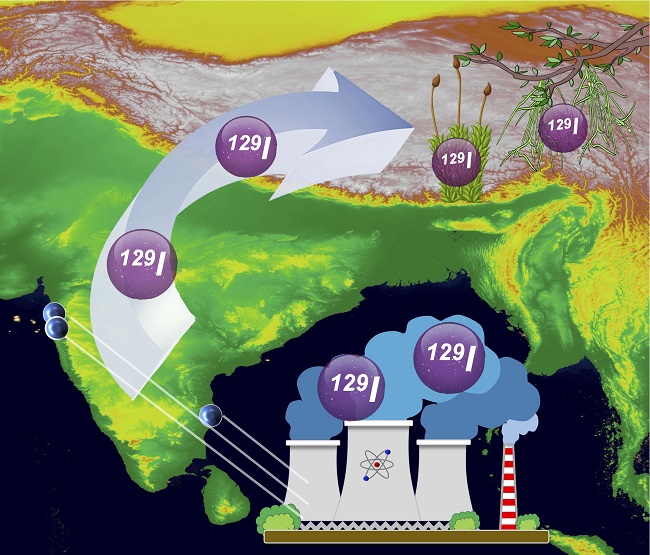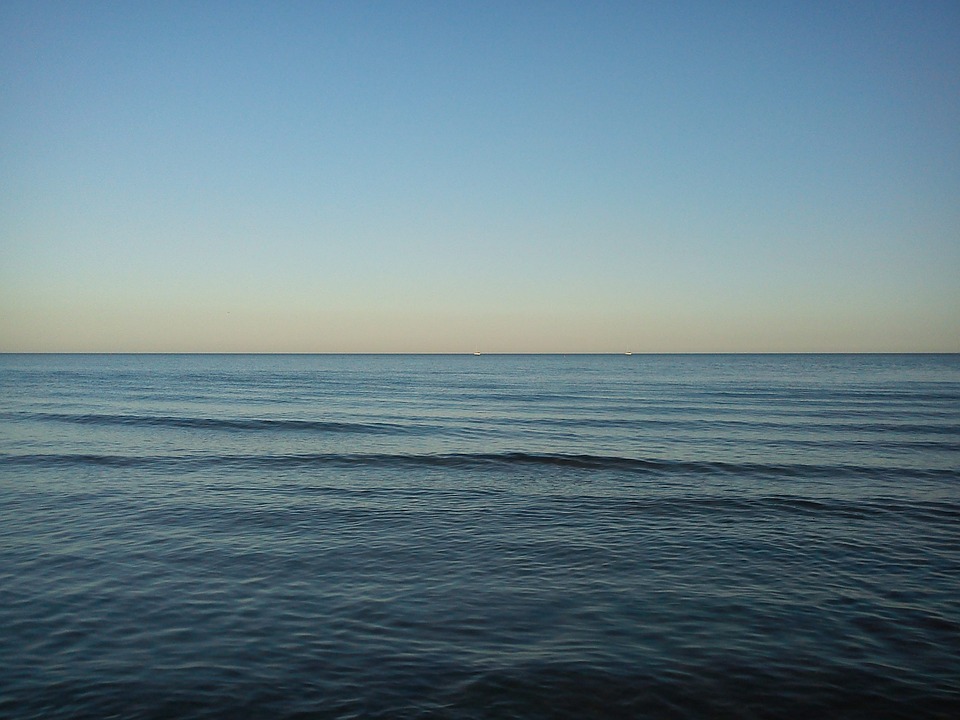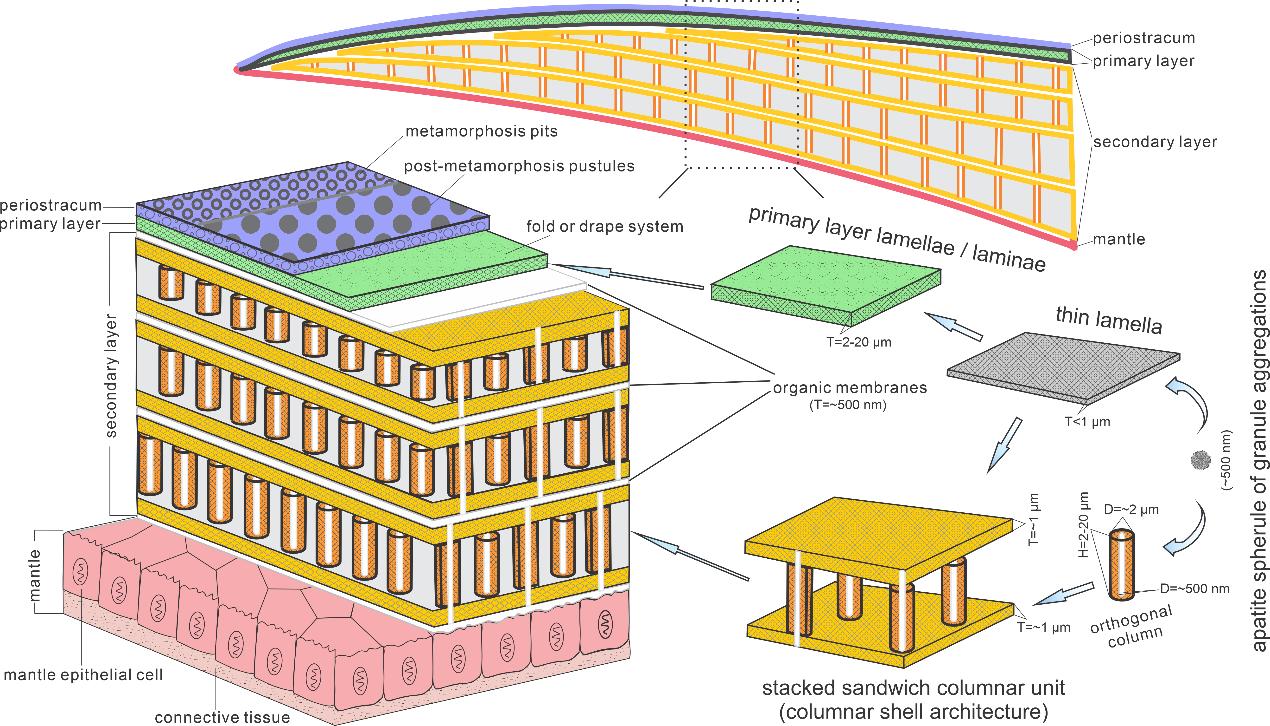

Researchers from the Institute of Atmospheric Physics, in collaboration with researchers from Seoul National University and Tongji University, advocated for a collaborative approach between artificial intelligence and physics in climate modeling, moving beyond the notion of an "either/or" scenario.

A recent study has shed light on the long-range transboundary transport of radioactive iodine-129 from the Indian nuclear fuel reprocessing plants to the Southern Tibetan Plateau.

A research team led by Prof. XU Yongsheng from the Institute of Oceanology has obtained the two-dimensional sea surface height anomaly of about 100 km along the track and the first broadband SSHA wavenumber spectrum using Airborne Interferometric Radar Altimeter observations.
Prof. KANG Shichang's research team from the Northwest Institute of Eco-Environment and Resources conducted extensive monitoring of BC in Mingyong Glacier under Meili Snow Mountain and analyzed its source and climate impact using the regional climatic chemical coupling model WRF-Chem.

An international team led by the Institute of Atmospheric Physics has highlighted emerging features associated with many of the climate and weather extremes of 2023, including heat extremes occurring earlier in the year and increasingly simultaneously in different parts of the world.

To gain insights into the evolution and diversity of this intricate biomineralized columnar architecture, researchers led by Dr. ZHANG Zhiliang from the Nanjing Institute of Geology and Palaeontology examined exquisitely well-preserved fossils of some of the oldest families of linguliform brachiopods, providing new fossil evidence for understanding the biomineralization process and adaptive evolution of the ancestral brachiopod taxa of the Early Cambrian.

86-10-68597521 (day)
86-10-68597289 (night)

86-10-68511095 (day)
86-10-68512458 (night)

cas_en@cas.cn

52 Sanlihe Rd., Xicheng District,
Beijing, China (100864)

